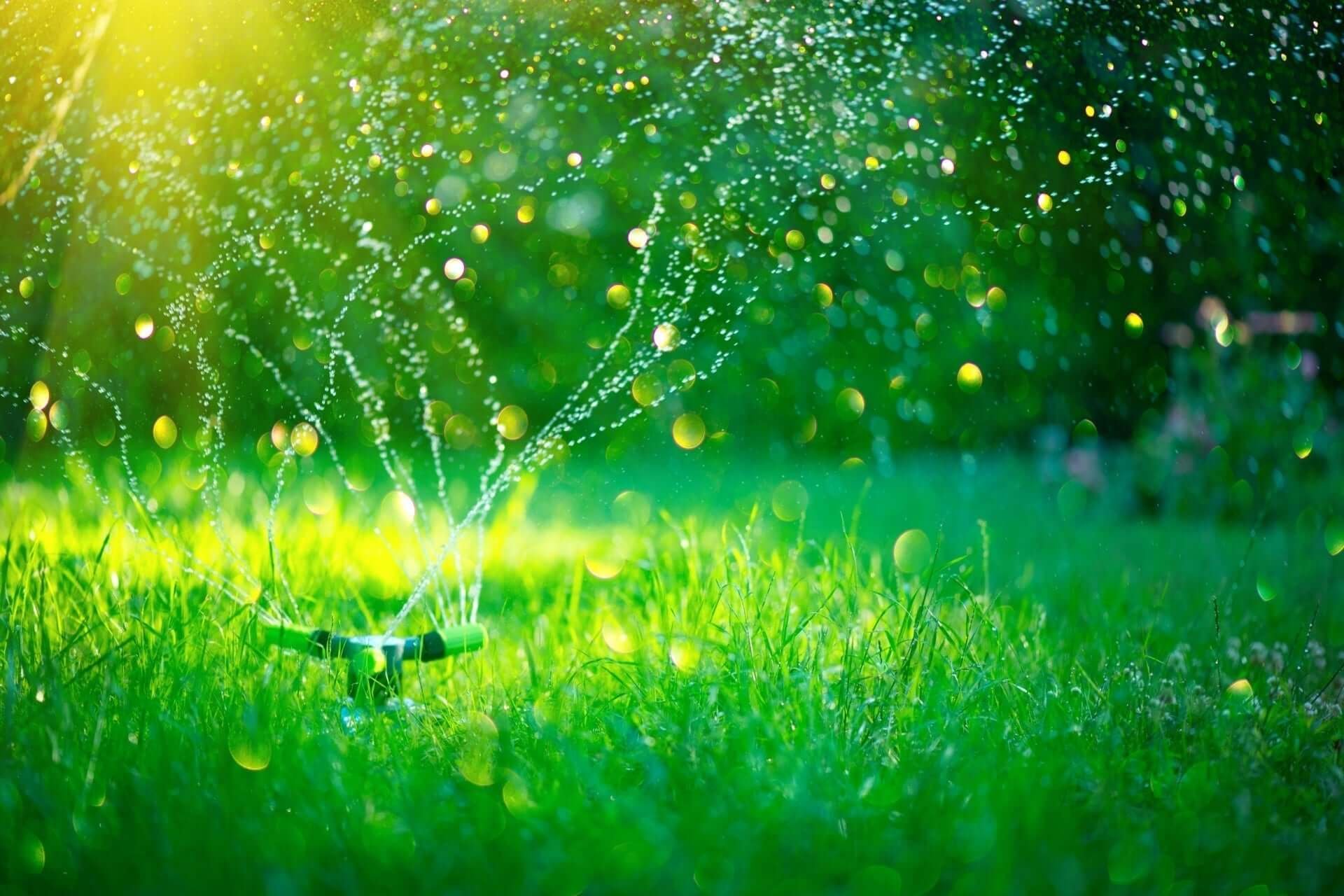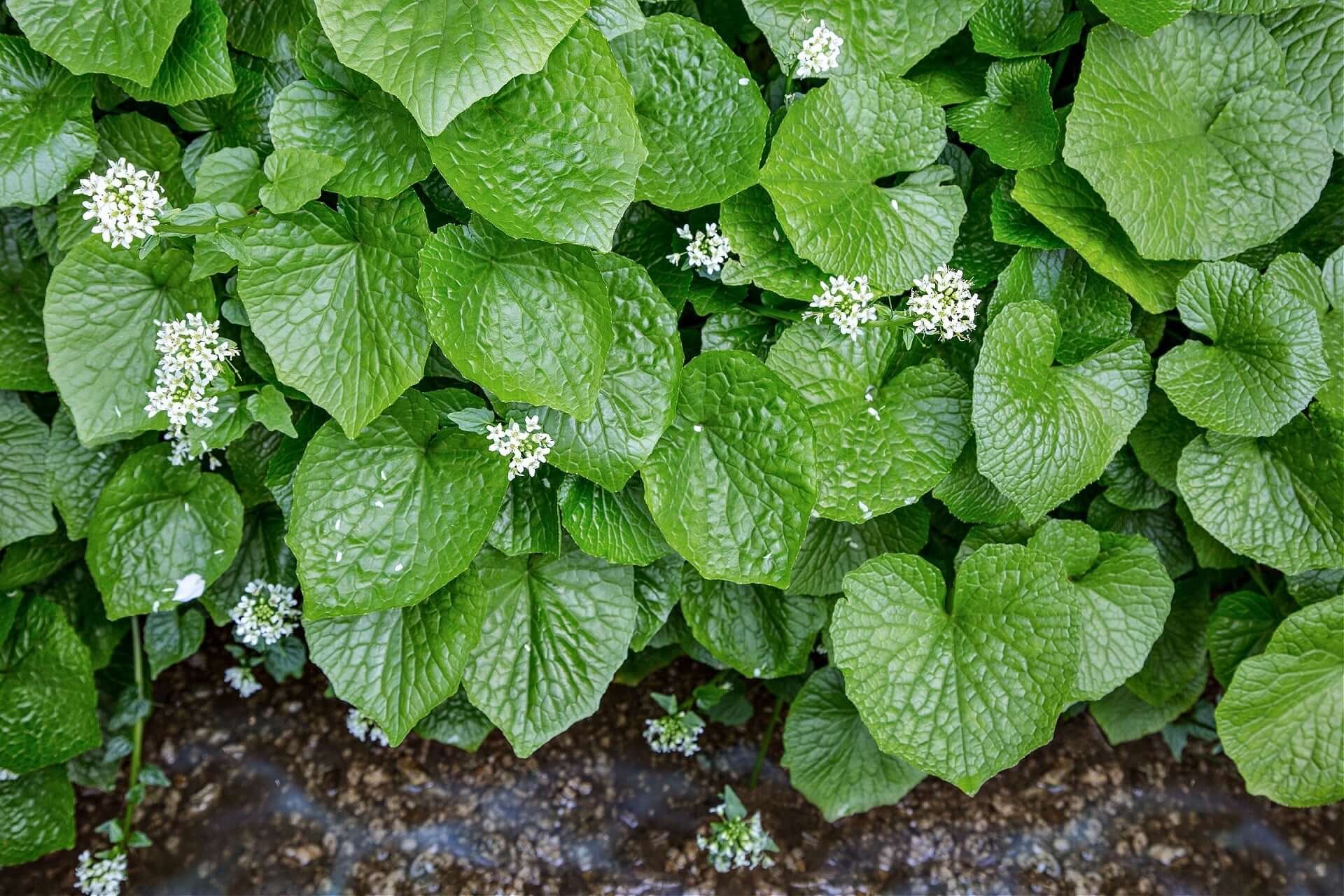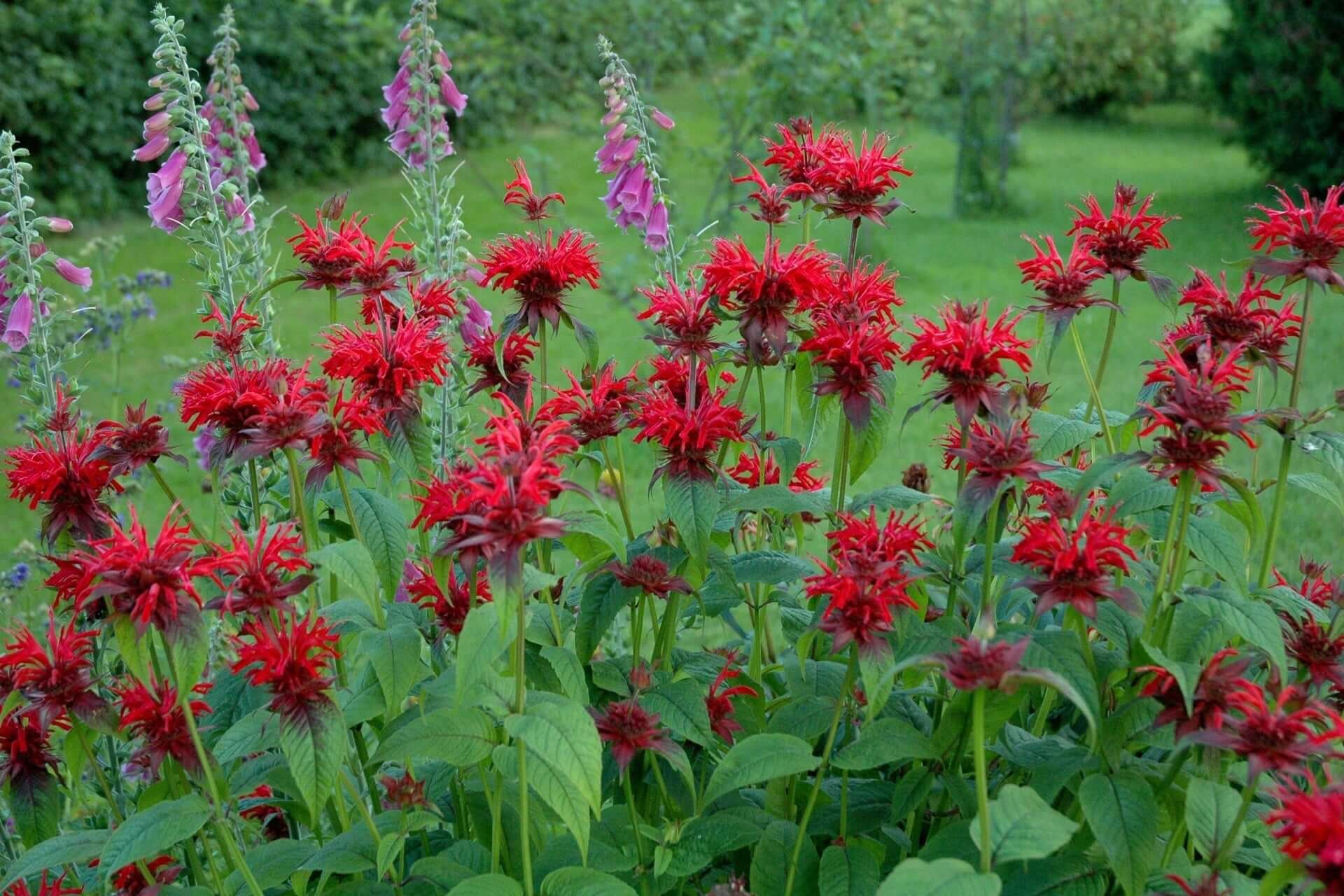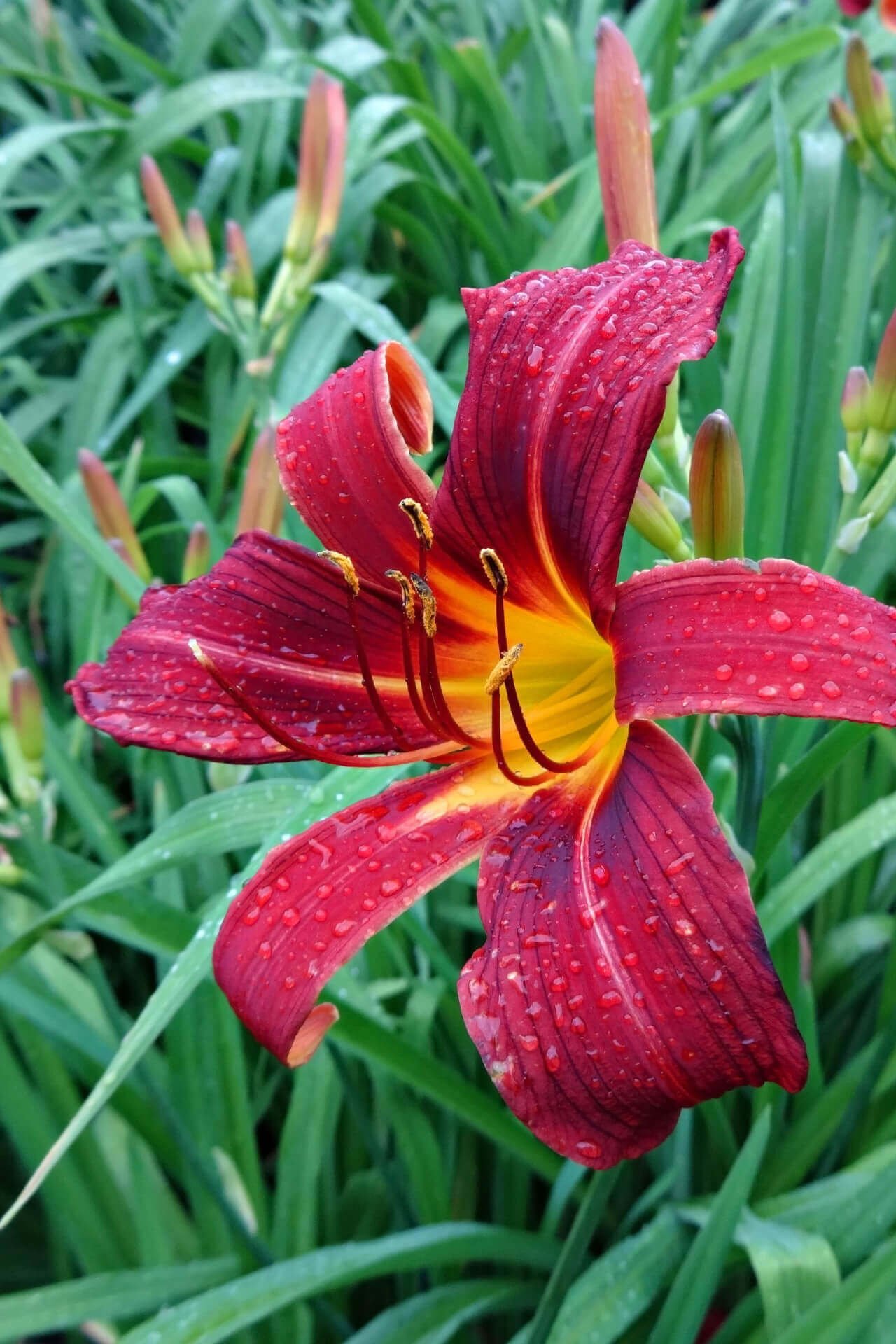The Beauty and Benefits of Growing Bee Balm
Bee balm (Monarda spp.) Gardens seeking pollinator activity and colorful displays should include bee balm (Monarda spp.) as an essential component. The aromatic foliage and bright flowers make this perennial a valued member of the mint family. Bee balm grows naturally in North America and works perfectly in pollinator gardens, cottage gardens, and wildflower meadows.
Some Plants That Grow Well With It
Depending on its variety, bee balm displays a spectrum of colors from deep red through bright pink to purple, lavender, and white. The blooms feature tubular petals arranged in a spiky pom-pom formation, making them stand out in any garden arrangement. The plant's leaves emit an intense mint scent, which keeps deer and rabbits away but draws bees, hummingbirds, and butterflies.
Bee balm is a stunning companion plant in vegetable gardens that offers aesthetic appeal. Its capacity to attract pollinators results in enhanced fruit and vegetable production. The plant possesses aromatic leaves used in traditional tea and herbal medicine preparations, providing visual beauty and practical benefits.
Learn the Best Practices for Growing Bee Balm Plants
The bee balm plant can grow in multiple conditions yet reach its peak when planted in full sunlight and well-draining soil. It grows well in moist, rich soil yet adjusts to poorer conditions, making it a straightforward perennial plant for gardeners ranging from beginners to advanced. Bee balm can survive in partial shade, but this condition will produce fewer flowers and cause the plant to grow taller and thinner.
Proper watering during the plant's first year helps it establish its roots. Though mature bee balm develops some drought tolerance, it still requires regular watering, particularly during dry periods. Applying mulch helps maintain soil moisture and reduces root temperature in hot summer weather.
Powdery mildew is a frequent problem for bee balm, manifesting as white powdery spots on its foliage due to fungal infection. To reduce disease occurrence, you must maintain good airflow around plants while spacing them correctly and using base watering methods instead of overhead watering. Selecting varieties that resist mildew helps maintain foliage that appears green and vigorous.
Removing spent flowers from plants leads to extended blooming periods during the season. Pruning bee balm to just above the soil level in the fall prepares the plant for winter while ensuring it will grow strongly in spring. Dividing bee balm every few years helps stop overcrowding and maintain vitality.
Why Bee Balm Is a Pollinator Magnet and Herbal Treasure
Bee balm benefits the garden because it is a highly effective plant for drawing beneficial insects and hummingbirds. During summer months, its bright flowers full of nectar attract bees, butterflies, and hummingbirds. Gardeners who plant bee balm support local pollinator populations that maintain essential ecosystem stability and food production.
Hummingbirds prefer red and pink bee balm varieties, whereas butterflies and native bees find all colors appealing. A diverse color scheme in the garden increases its visual appeal while providing continuous nectar sources necessary for various pollinators.
Bee balm provides ecological advantages while maintaining historical use in medicine and cooking. The leaves and flowers exhibit antimicrobial and soothing characteristics, which make them widely used in herbal teas to treat colds, sore throats, and digestive problems. Indigenous people valued bee balm for its antiseptic properties and named it "Oswego tea" after the Oswego tribe, which prepared it as a tasty brew.
Bee balm shows culinary diversity by incorporating fresh salads, homemade teas, and honey infusions. This citrusy herb with minty undertones enhances herbal blends because it pairs well with other herbs. Bee balm is one of the most rewarding perennials for gardeners due to its ornamental beauty, pollinator-friendly qualities, and herbal benefits.
Read more

Technology has transformed modern gardening into an efficient and easily accessible practice. Automated watering systems and AI-powered apps alongside sensors allow gardeners to improve plant care ...

Effective wasabi integration into a garden landscape demands deliberate preparation, yet success can be achieved by mastering its hydration and shading needs while utilizing compatible native speci...




